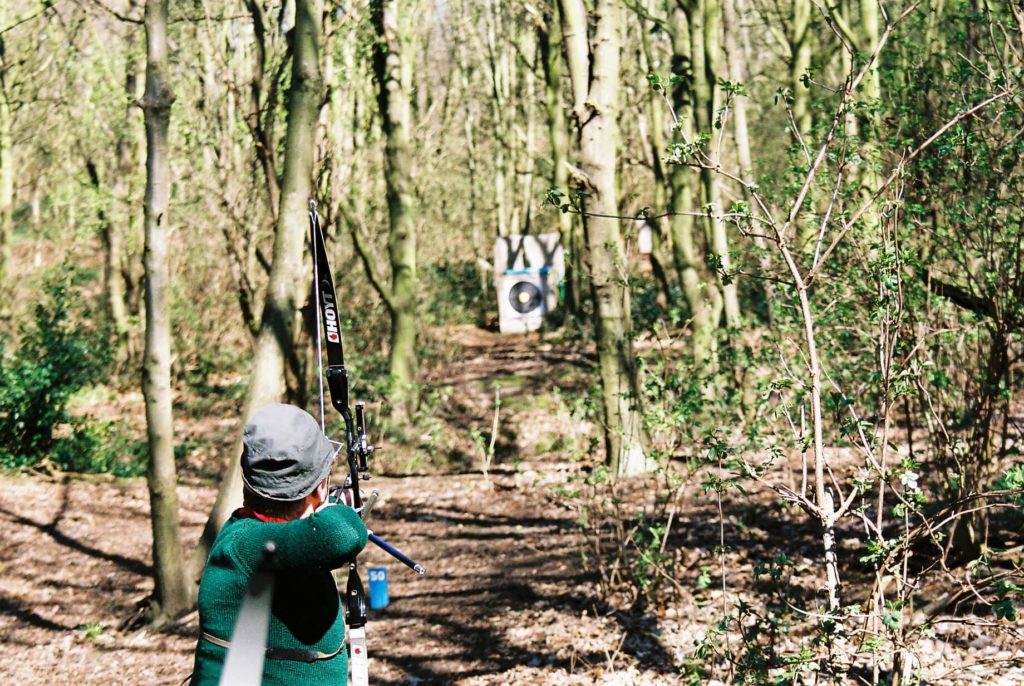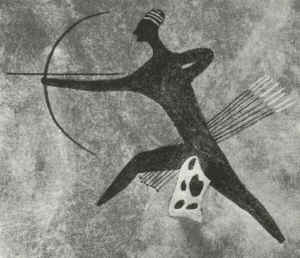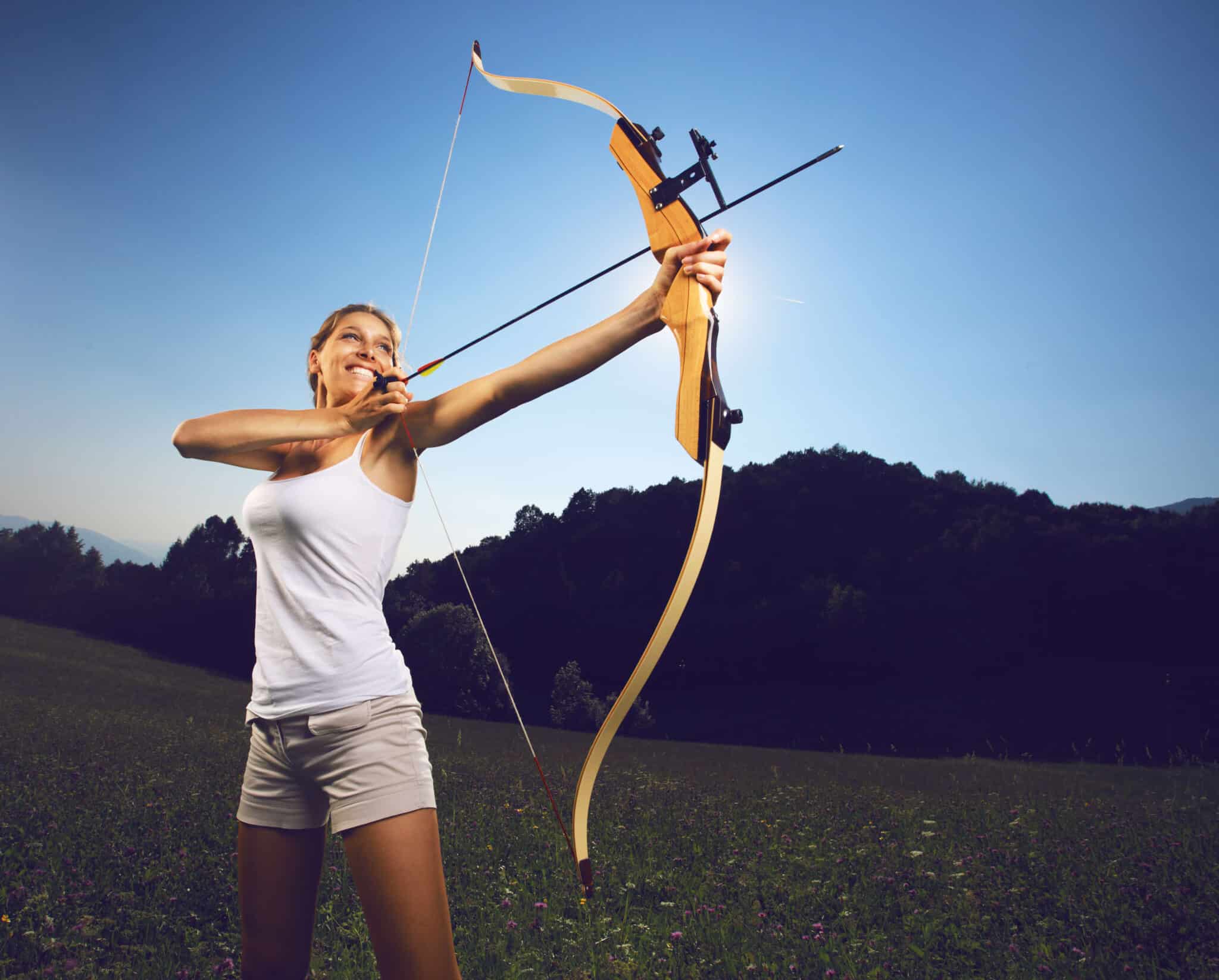Sports are something everyone has inclined towards sometime in their lives. From the school basketball/baseball teams, to one-on-one sports such as tennis, or martial arts; they have been part of our life at least once.
There is also the case of those who like one-man (or one-woman) sports that demand of extreme amounts of concentration, precision, and calm. Such is the case of archery, a form of marksmanship that uses a bow and string to propel arrows in really long distances. Historically used for hunting, currently used as a sport and recreation.

Table of Contents
History of Archery

Bows and arrows have been among us since the beginning of the Mesolithic era, around year 10,000 B.C. Being used by primitive men back then, it had hunting purposes to catch live animals from a distance. It was until later in the 16th century B.C. that Egyptians used composite bows for warfare purposes, and the Aegean cultures (Greek) were able to deploy state-owned marksmen for war and hunting purposes.
Asian tribesmen and American Indians were able to develop the art of mounted archery, after being able to domesticate horses for the first time. This required the use of shorter bows for comfort purposes, which became possible through the composite bow, granting them the status of really powerful weapons.
The development of firearms in the 16th century rendered bows and arrows obsolete, due to its longer and more effective range. They also required significantly less training to be used properly. This was the total decline of archery as a resource for warfare, slowly becoming more of a sport thing, which remains until the present day.
Archery as a Sport
The first organized conglomerate that worked towards archery as a sport was the Royal Company of Archers, created in 1676; being also one of the oldest sporting bodies of the world. That was the first attempt to turn Archery into a sport, with a second and more successful attempt at the 1840s; where the Grand National Archery Society meeting was held in York and achieved a whole decade of standards inside the archery, like shooting at 60, 80 or 100 yards.
Horace A. Ford was an interesting character in here, since he won the Grand National 11 times in a row, published an influential Archery guide in 1856, and helped to improve standards by creating new archery techniques.
Later on, field archery was introduced to the United Kingdom by personnel from the United States armed forces during World War 2, causing the creation of the British Field Archery Association (BFAA) in 1959; which did not require clear lanes between the shooter and the targets, but preferred a more natural and unaltered approach to the shooting course.
What is the whole field archery sport about?
It’s all about skills of precision, control, focus, repetition and determination. Shooting with a bow produces stress in the whole body, from the forearms, going through the back all the way down to the waist and legs.
Field archery is the format where the sport is taken outdoors to natural terrain, such as mountains, woods, valleys, and so on. It involves shooting targets of different and unmarked distances, commonly used to improve techniques and tactics required for bow hunting.
It is commonly referred the fact that additional skills are certainly required to deal with challenging terrain and lightning. Better known as “fieldcraft”, it makes Field Archery demand on more than just precision and patience, but a certain level of physical condition.
Each competition round consists of 28 targets in 2 units of 14, strategically placed around a course terrain. These are split in 3 categories: Field, Hunter and Animal.
Field rounds are at even distances up to 80 yards, while Hunter and Animal rounds are uneven distances that go up to 70 yards.
The significant difference of the Animal rounds over the last 2 is the scoring rules. To place an example, in the case an archer shoots the first target successfully, he/she does not have to shoot again. If it misses, he/she advances to station 2 and shoots a second arrow.
All 3 formats have scoring areas in their respective targets that are vital and non-vital, producing strict influence over the archer’s final score.
Types of Bows used in Field Archery
The standard for all types of bows, from historic to modern, consist of a string attached to an elastic pair of limbs that store mechanical energy. Bows split into two groups, the ones that require the archer to pull the string directly, and the ones that have mechanisms to pull the string, better known as crossbows.
Directly drawn bows can be classified towards the different limb construction styles. Notable examples of this are the laminated and composite bows. Bows can also be classified by their shape when unstrung, which marks the difference between a recurve bow, a flat bow or a longbow. Technology has also brought us the creation of compound bows, which are designed to reduce the force required to hold a fully drawn string, allowing the archer more time to aim with less muscular stress. This is done through a carefully designed system of elliptical wheels on the ends of the limbs.
The types of bows used in field archery are strictly reduced to 3 bow styles: Recurve, Compound and Bare bow.
Protective Equipment
A bracer is used to protect the inside part of the bow arm from being grazed by the bowstring in the middle of a shot, or to protect the clothing from being caught by the string.
The drawing fingers are also protected by a leather tab, glove or ring that prevents bruising after constant pulling.
Field archers are also recommended to use protective body equipment that do not compromise their shooting, such as helmets, knee pads or elbow pads if needed.
Archery facts

- Field archery targets vary on size, distance, shape and colors, in order to simulate a realistic hunting experience.
- A properly shot arrow can reach up to 200 miles per hour speeds.
- Avid and skilled archers are commonly called “toxophilite”. Funny sounding, but legitimate; it translates to Greek for “Lover of bow and arrow”.
- Archery was the first Olympic sport to allow female competitors. Yes! It wasn’t until the 1904 Olympic Games where things changed for good and in pro of equality.
- In most formal archer competitions, all archers must engrave their initials on their arrows.
More archery Blog articles
Enjoying practicing archery? Take a look at some of the most popular archery blog articles below. Oh, and don’t forget to subscribe to our newsletter to never miss on the next guides and the best deals!
Did you enjoy this article?
We hope you enjoyed reading this archery blog article and that you found it useful. If you have any suggestions or comments, do not hesitate to get in touch.
If you liked this archery blog article, why not share it on your social media to let your friends and fellow archers know!


